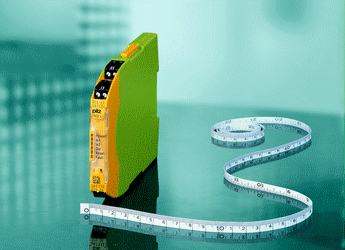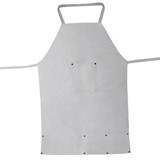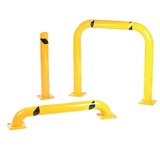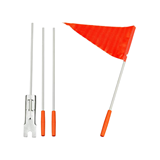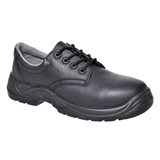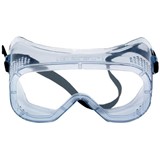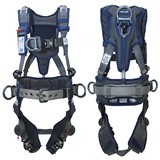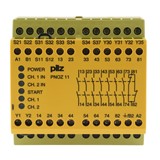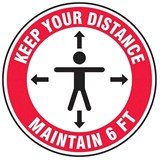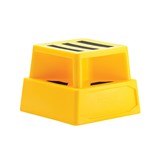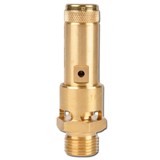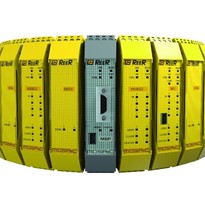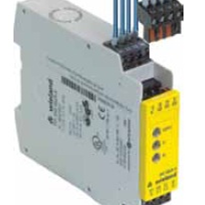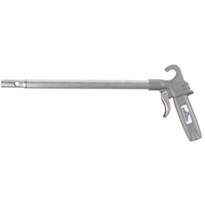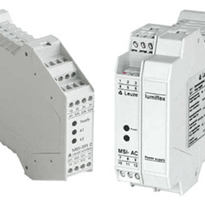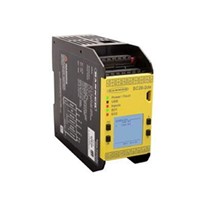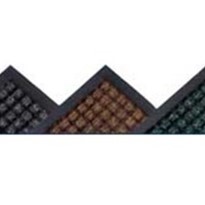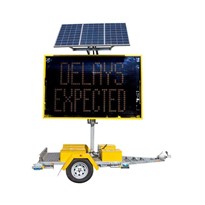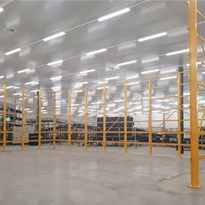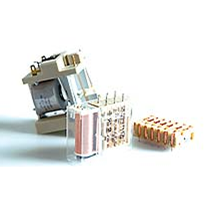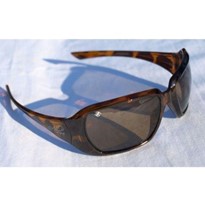Pilz PNOZ Classic safety relays were the first such products on the market in 1987 and were quickly adopted by many companies as an in-house standard. However, Pilz has since developed the PNOZ X range, the PNOZelog range and, most recently, the slimline and multifunctional PNOZsigma range. With the advance in technology and increasing difficulty in sourcing components, Pilz has decided to discontinue the Classic range from 1 February 2009.
To help companies that have machines with PNOZ 1 and PNOZ V Classic relays installed, Pilz has already introduced new PNOZ 1 and PNOZ V relays in 90mm wide Pilz X range housings. The terminal positions, designations and the switching capacities are all identical to those of the original safety relays, making it very straightforward to exchange one for the other.
For customers using other models of PNOZ Classic relay, Pilz has published a document to help customers migrate to PNOZsigma relays. The first section is a straightforward checklist of PNOZclassic relays and their supply voltages to enable users to identify which PNOZsigma relays to use as replacements. If an additional PNOZsigma expansion module is required to deliver the same functionality as the Classic relay, the expansion module options are also identified. Interestingly, a quick look at this section highlights the way a small number of PNOZsigma relays are replacing a very wide range of Classic relays, which will significantly simplify ordering and stockholding for customers.
By far the bulk of the publication is devoted to application examples. These show how the Sigma relays need to be connected in order to replicate the functions performed by the Classic relays. Terminal designations are clearly shown, so users can easily see how to modify their wiring schematics and, in the event of having to replace a relay in an existing control system, rewire the relay itself.
If relays are swapped on a 'like for like' basis during machine repairs, installers should ensure that they comply with the sections of PUWER (Provision and Use of Work Equipment Regulations) relating to control systems. Note that any physical changes to control systems MUST be properly documented.


